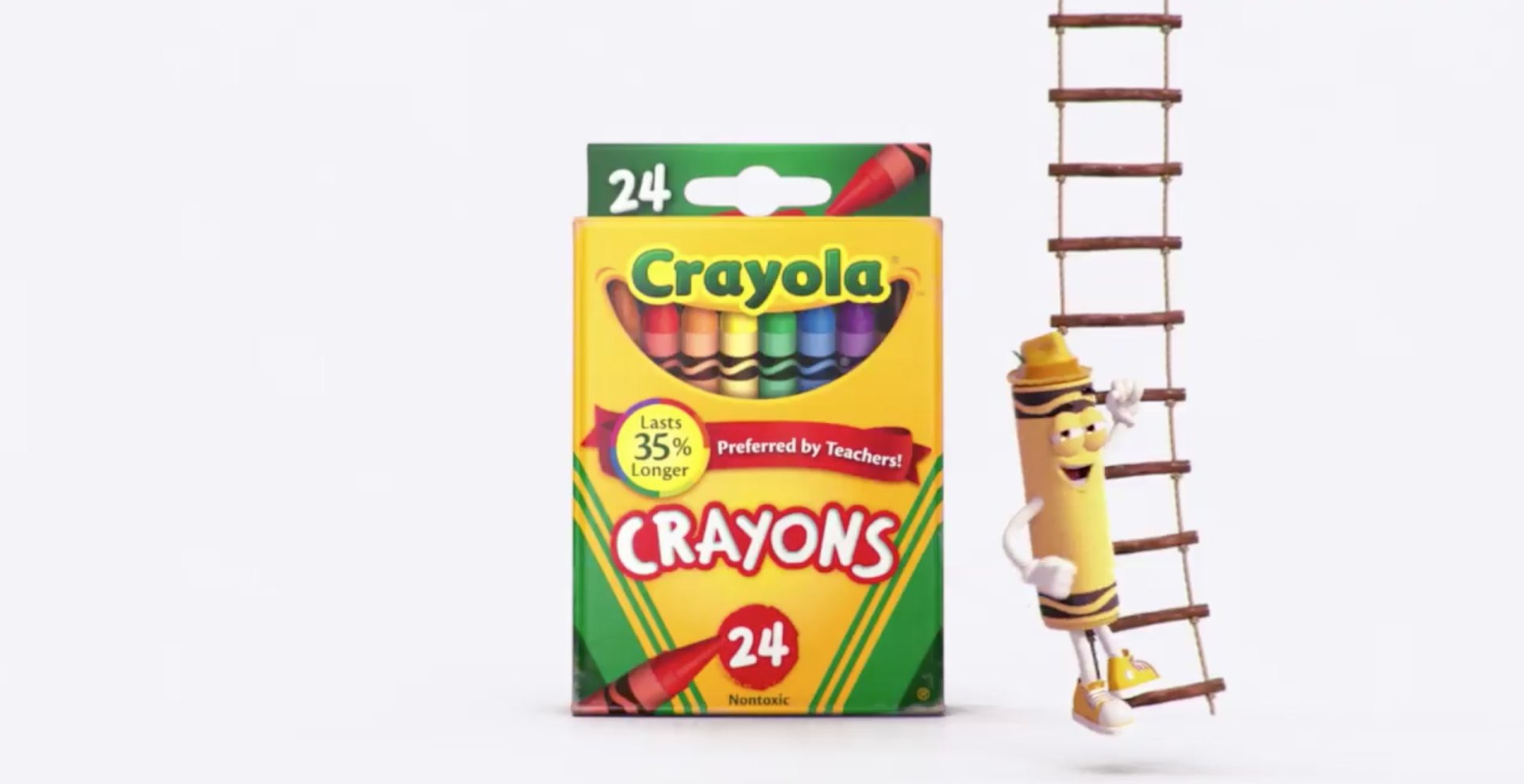Crayola “retires” dandelion yellow to make room for a new color
Crayola is taking a page from Marie Kondo.


Crayola is taking a page from Marie Kondo.
Today, the 132-year old art supplies company announced that it’s “retiring” its dandelion yellow shade to make room for a new color. Like the KonMari purge method, Crayola is properly feting the yellow color stick with a grand send off in Times Square in New York City before kicking it out of its color boxes. They even created a one-minute animation featuring a crayon stick named Dandy pondering his retirement options.
Crayola’s publicity stunt, reminiscent of Pantone‘s highly-anticipated “Color of the Year” announcement, has saddened some crayon hoarders sentimental for the smell of art supplies from their childhood. Many suggested eliminating the white crayon, which barely registers on white paper, while others suggested jettisoning the orange, referring to president Donald Trump’s mysterious tangerine look. But why retire a color at all?

It’s all a matter of crayon box real estate. Since 1998, Crayola has capped its number of basic colors in circulation to 120 because they box crayons in multiples of eight—8, 16, 24, 48, 64, 96, and 120 packs. (For special edition boxes, Crayola produces limited colors like metallic and glitter crayons, which are not included in the count.) They have retired a total of 50 colors.
“Dandelion is both bright and light, like all shades of yellow are, but it seems to have a deeper cast to it than other shades of yellow in Crayola’s line-up,” noted Stella Paul, author of Chromaphilia: The Story of Color in Art. “In art, any yellow will generally call attention to itself—catching your eye because of its resolute lightness on a tonal scale of light to dark. Many great artists have brilliantly exploited that attribute of the color yellow, including Giotto, Turner, and Gauguin,” she explains.
Crayola is formulating a new yet-to-be-named color to take dandelion’s spot in the box and will reveal it in May. Head of marketing Melanie Bolden hinted that it will be a shade of blue.